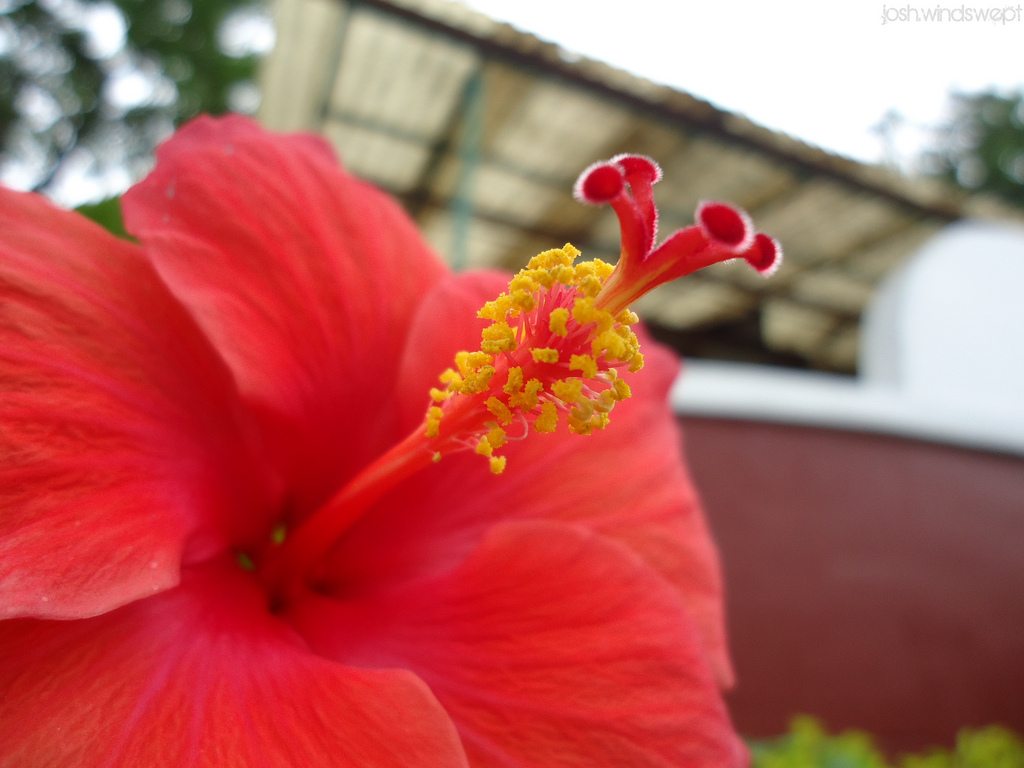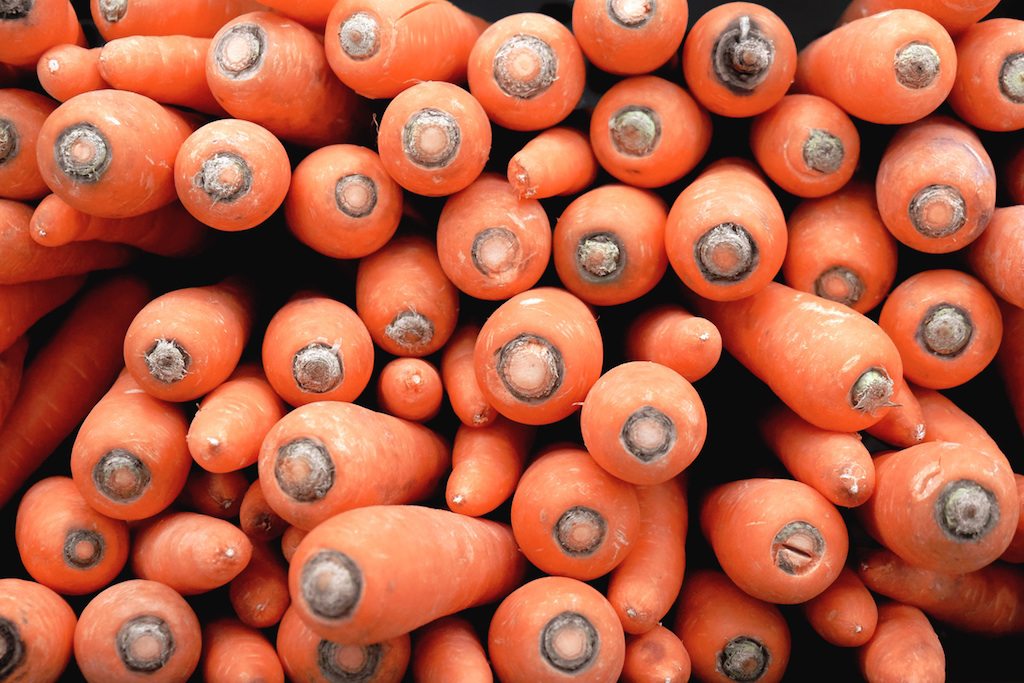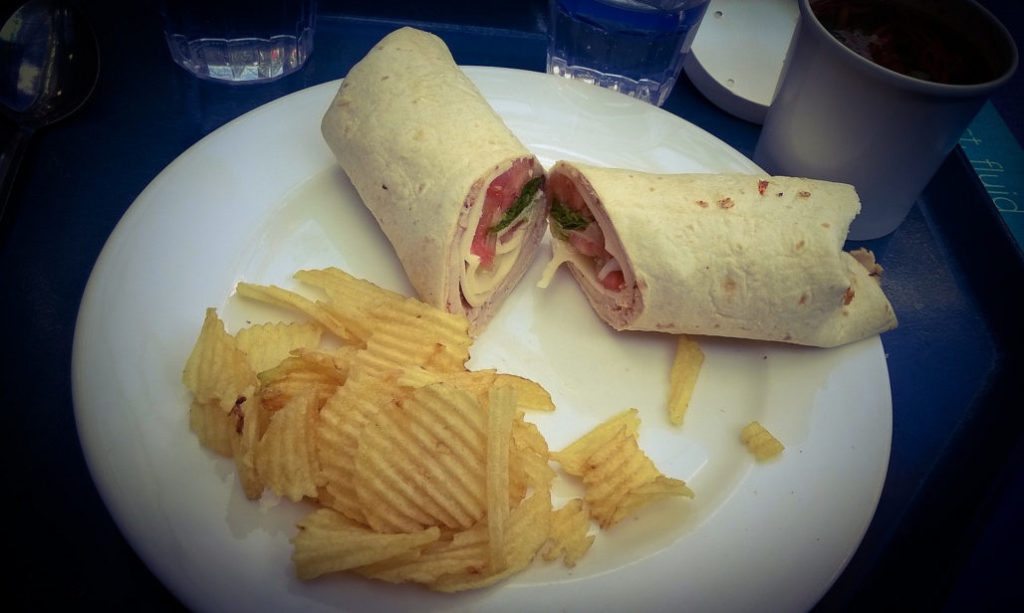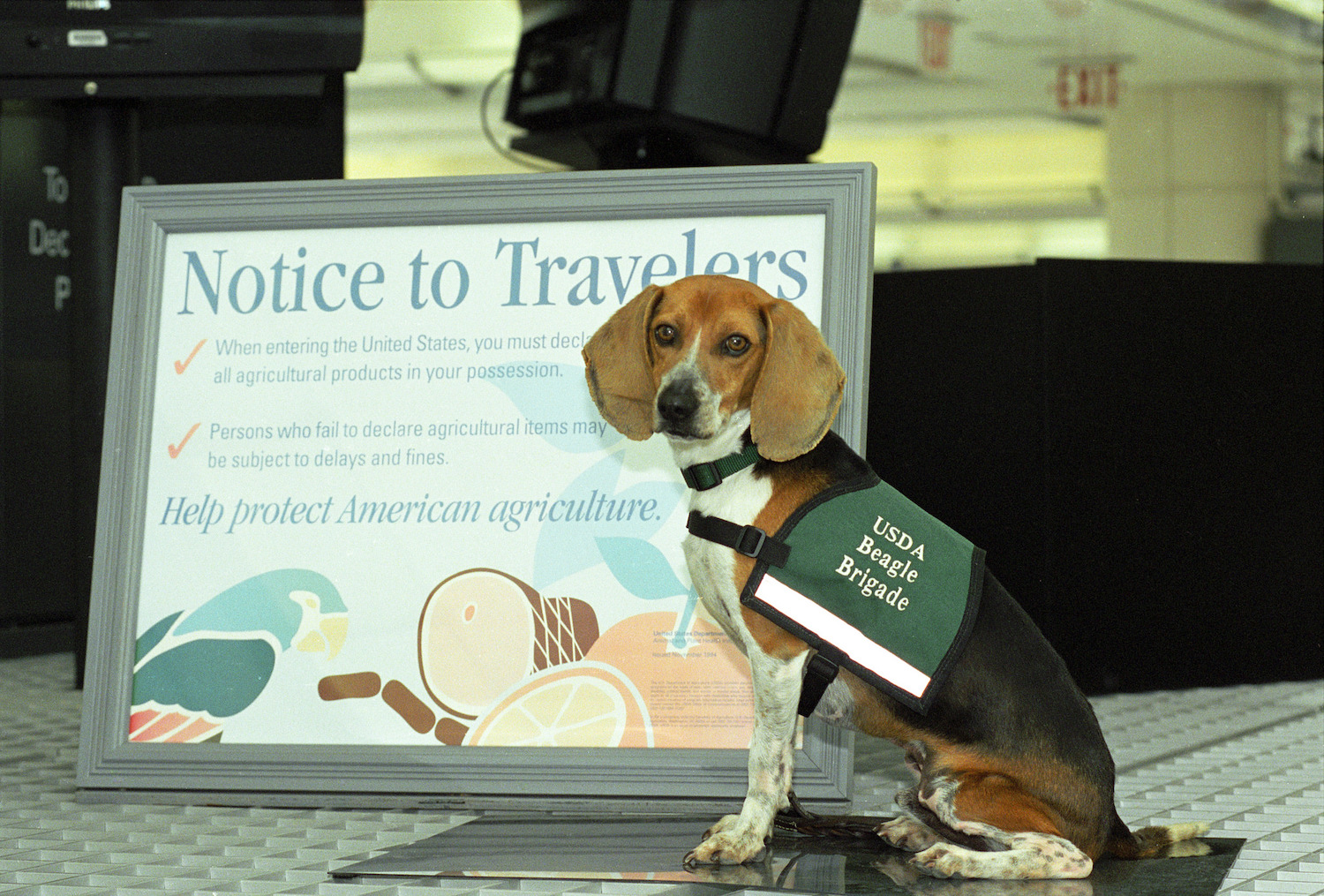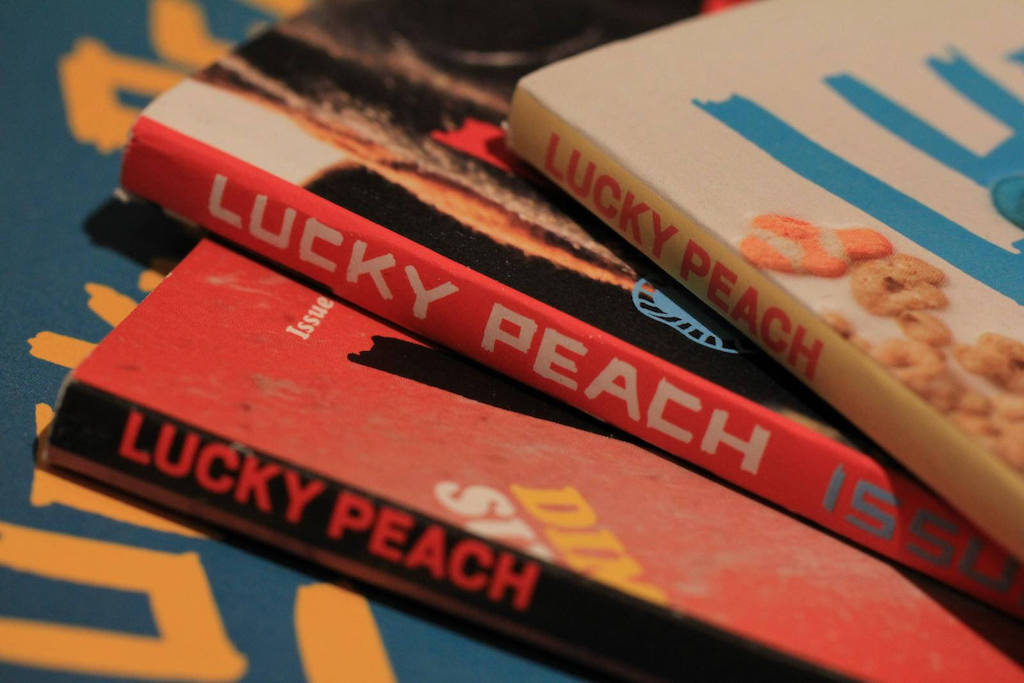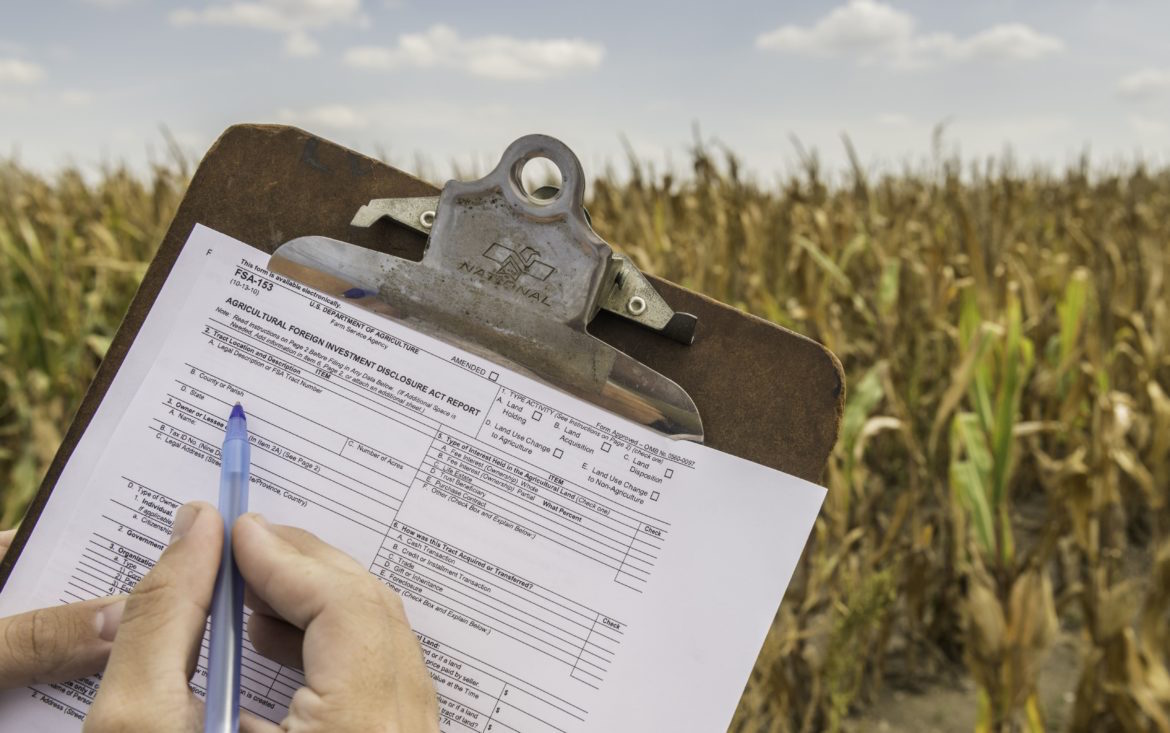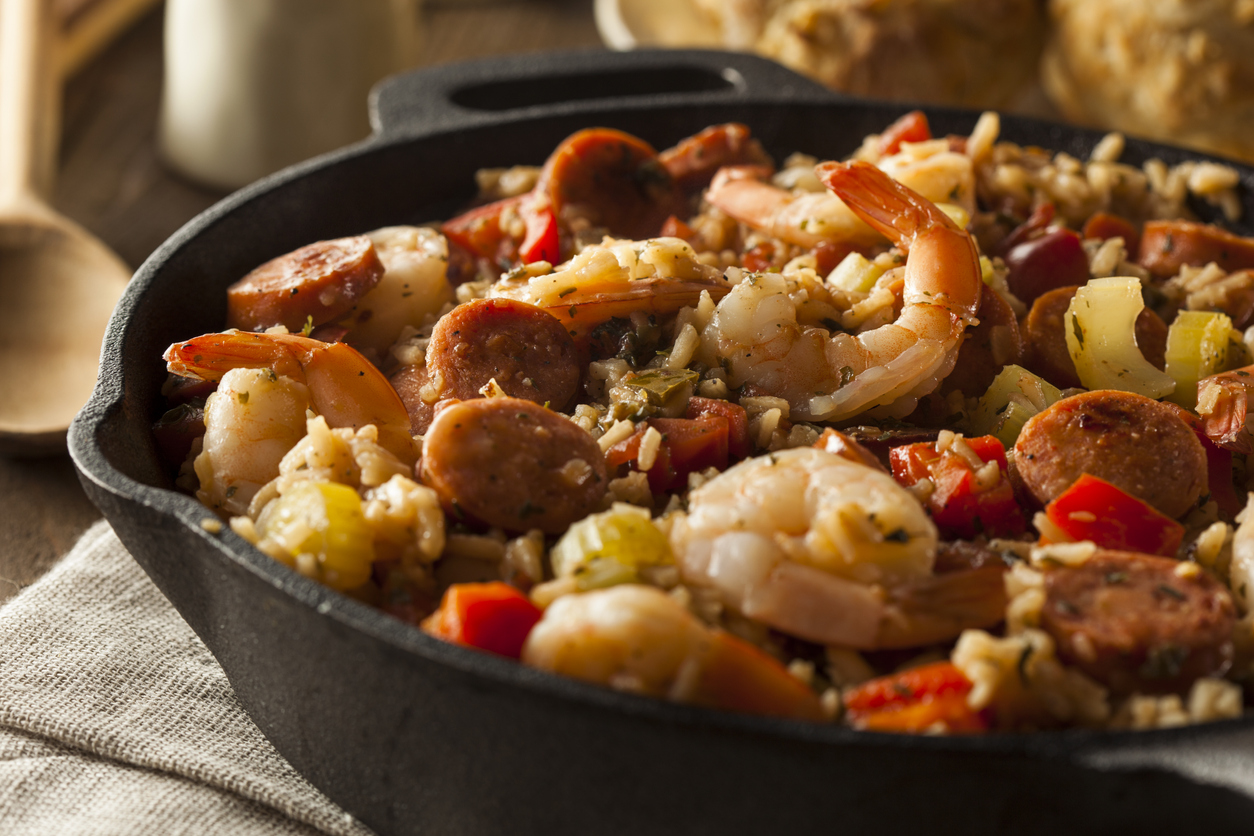
bhofack2 / iStock
What’s in a name? Lots of things, if you love jambalaya. Definitely rice. Probably onions, bell peppers, and celery. And then, depending on who’s making it, or where you’re having it, there’s all kinds of meats and seafood—often Andouille sausage, cured ham, and chicken; seafood, like shrimp and oysters; or some combination thereof.
But to the government agency that regulates it, “jambalaya” has long meant only one thing: a dish with rice and ham. That all changed last week when—thanks in part to advocacy from a late culinary star—federal regulators moved to make the official definition of jambalaya broader and more expansive. Now, food companies can finally use the term in its full variety, applying it to the many permutations of this culturally important dish.
Here’s what happened. It starts with the United States Department of Agriculture (USDA), which oversees the nation’s supply of meat, and follows a myriad system of regulations and policies to determine how food is marketed and labelled. There are the standards of identity, which are official federal definitions of foods. And for those foods that aren’t defined by law, there’s a labeling policy book, which provides guidance.
The definitions usually include a broad, general description, followed by a bunch of exacting specifications concerning the ratio or percentages of fats, sugars, sweeteners, and primary ingredients. Bockwurst, for instance, must be at least 70 percent meat, and that meat must include pork. It must contain onions, chives, parsley, or leeks. No more than two percent of the sausage must be corn syrup. And so on.
Last week, the USDA announced it would remove the term from its labeling book altogether, effectively allowing manufacturers to claim that a much wider swath of products are, in fact, jambalaya. In a public letter, Roberta Wagner, an agency administrator, wrote that any product could be labeled jambalaya as long as its contents were 3 percent meat and 2 percent poultry, and that the names of those meats were included in the name.
And how did that happen? With a little help from the late Leah Chase, the beloved owner of Dooky Chase, a legendary New Orleans Creole restaurant. Her death on Saturday, at 96 years old, has spurred a wave of tributes, from newspapers to acclaimed chefs, and even from Barack Obama, one of many political icons to have tried her famous gumbo.
Chase, as it turned out, wrote a letter of support in a 2013 petition that beseeched the USDA to change their tune. The petition was created by the influential New Orleans food company, Zatarain’s, now owned by spice giant McCormick. Zatarain’s dates back to the late 1800s, and originally was best known for its Creole mustard and root beer. Since 1985, the company has sold boxed rice mixes—dirty rice, Gumbo mix, and jambalaya—in grocery stores. Arguably, Zatarain’s introduced jambalaya to much of America—or at least, to those Americans who experience culture through the supermarket. To this day, the company sells the country’s most popular jambalaya mixes.
Evidently, it had been doing that well enough for almost 30 years. But when Zatarain’s submitted a request to sell a sausage-flavored jambalaya, the USDA rejected it. Since the 1970s, jambalaya has meant just one specific thing to the agency, according to spokesperson Buck McKay. In its labeling policy book, the entry for jambalaya describes “a New Orleans dish involving rice and ham and usually tomatoes,” containing “at least 25 percent cooked ham” and one other meat or seafood.
Plus, tomatoes aren’t always in jambalaya. They’re a defining feature of Creole jambalaya, a style that’s historically more popular in New Orleans. But traditionally, outside the city, in rural Louisiana, Cajun jambalaya is made sans tomatoes, and has a deeper, browner color from caramelizing the vegetables. The difference isn’t insignificant, because jambalaya isn’t just a recipe. Depending on where it’s being cooked, it’s an expression of different peoples, different cultures, and more broadly, a legacy of colonialism: The dish is believed to be a descendent of paella, brought to Louisiana by its Spanish settlers.
In the petition, Zatarain’s explained those regional differences. It cited recipes, displaying a variety of styles, used by famous New Orleans chefs. And it included a letter from Chase, the late queen of Creole cooking.
“If I were asked to describe what is most important in a jambalaya and list the ingredients, which are always included,” she wrote, “I would say that the dish must be made up of at least 50 [percent] rice. Seasonings and vegetables such as onion, celery, bell pepper, and garlic are always included in some combination.”
Evidently, her letter worked, along with the rest of the petition, which also includes a letter and jambalaya recipes from notable New Orleans food writer Poppy Tooker, who agreed with Chase.
“Rice is jambalaya’s defining ingredient,” she wrote. “NOT ham!”
Once it’s removed from the policy book, jambalaya will join other foods—like “dipped steaks,” “poultry roast,” and “marinated” food products, all of which were removed in 2018—that no longer have an official definition. That gives Zatarain’s greater latitude to use the term, because its products are no longer being held to an outdated government standard, says Evangelia C. Pelonis, an attorney whose firm has represented McCormick, the parent company. It is now free to market a rice dish flavored with vegetable seasoning and sausage by what’s known as its “common or usual name”—jambalaya. It doesn’t need any ham.
Whether that opens Zatarain’s up to new competition—say, someone hawking a paella under jambalaya’s good name—isn’t clear. The company didn’t offer a comment by press time.



